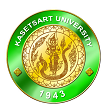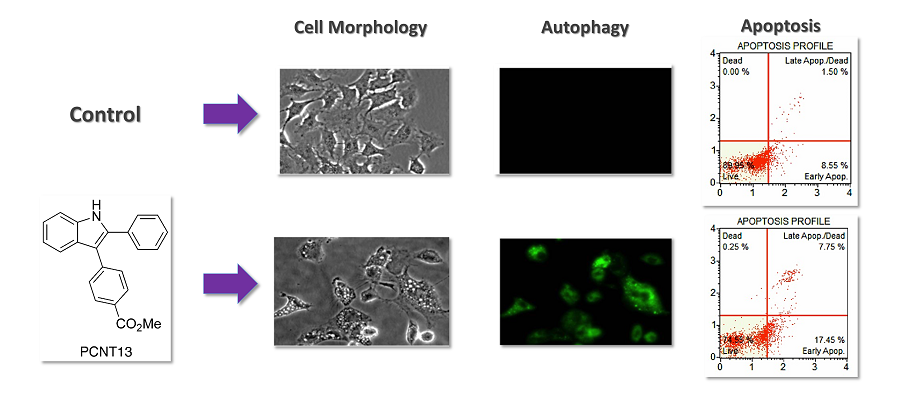
We have identified a series of 2,3-diarylindoles with anticancer activity. Our synthetic indoles exhibit anti-proliferative property against non-small cell lung cancer (NSCLC) through apoptosis and autophagy. The most active analog, PCNT13, is currently under development to enhance anticancer property and drug-likeness. The molecular targets of PCNT13 are also being elucidated via target-based affinity experiments.
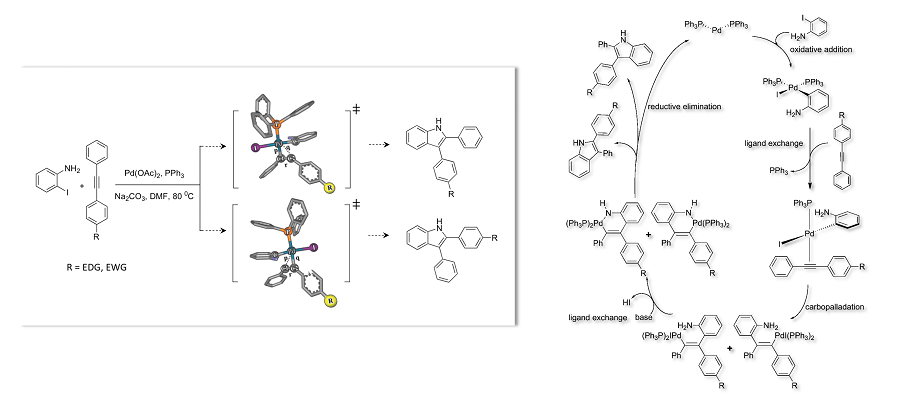
We have demonstrated the relationship between the electronic property of the alkyne reactant and the regioselectivity of the Larock heteroannulation, a palladium catalyzed reaction providing an indole product in a single operation. In the absence of a steric influence, the palladium atom preferentially migrates toward a more electronegative sp carbon of the alkyne reactant in the carbopalladation step in the catalytic cycle. We are currently investigating the influence of both steric and electronic properties of the alkyne reactant toward the regioselectivity of the Larock reaction. The results shed lights on the reaction mechanisms as well as the electronic and steric effect simultaneously impose on this synthetically valuable reaction.
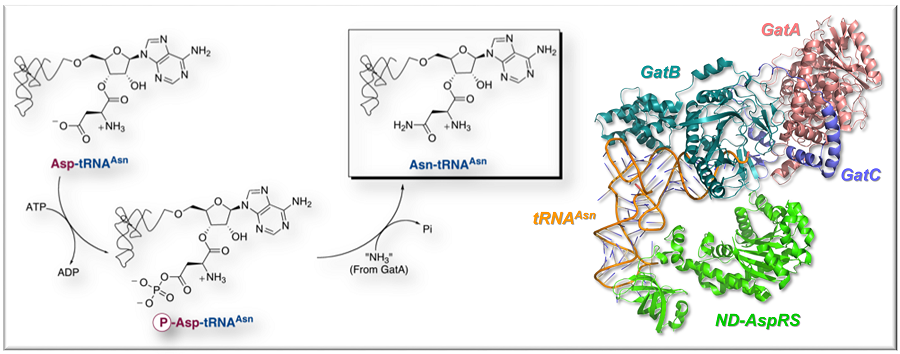
Alternative antimicrobial drug targets are urgently needed to combat the rapid emergence of antimicrobial resistant pathogens. We have focused on the Asp-tRNAAsn/Glu-tRNAGln amidotransferase (GatCAB), an enzyme vital to several pathogenic bacteria such as Staphylococcus aureus, Pseudomonas aeruginosa, and Helicobacter pylori. Substrate analogs of GatCAB have been synthesized in our laboratory. We are currently developing inhibitors for GatCAB with improved activity both in vitro and in vivo.
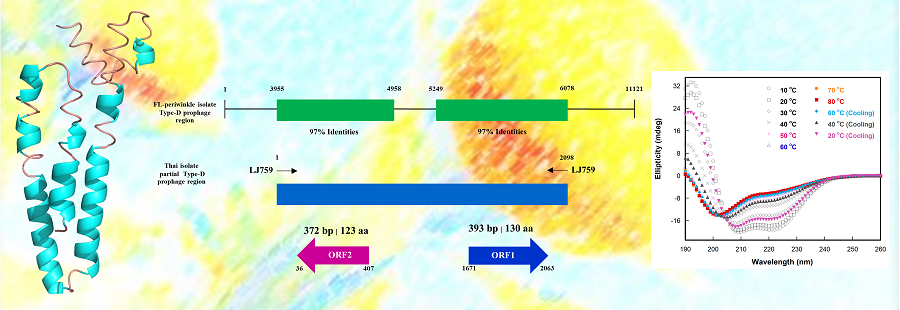
Citrus plants worldwide are devastated by Huang Long Bing (HLB), also known as citrus greening, disease. The causal agent of HLB is a phloem-limited, Gram-negative bacterium ‘Candidatus Liberibacter asiaticus (CLas).’ We have been focusing on genes of unknown function in the prophage region of CLas. So far, we have demonstrated that an open reading frame in the prophage loci of CLas induces chlorosis in Arabidopsis thaliana. Several other ORFs are under investigation for their roles in the pathogenicity of the Huang Long Bing disease.
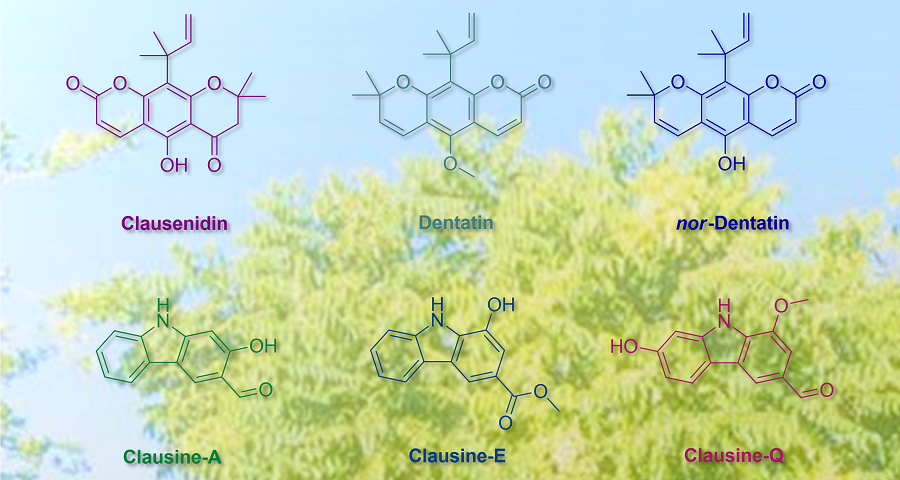
Tropical plants are rich sources for biologically active metabolites. We are currently developing a rapid quantification protocol for clausenidin, a biologically active pyranocoumarin from Clausena excavata. Besides, roots, stems, and leaves of plants in Morinda genus are also being explored in our laboratory for their anticancer and antimicrobial activities.


